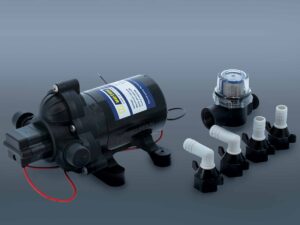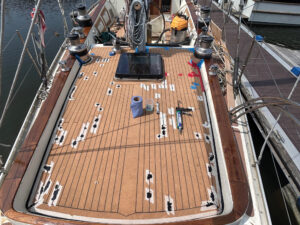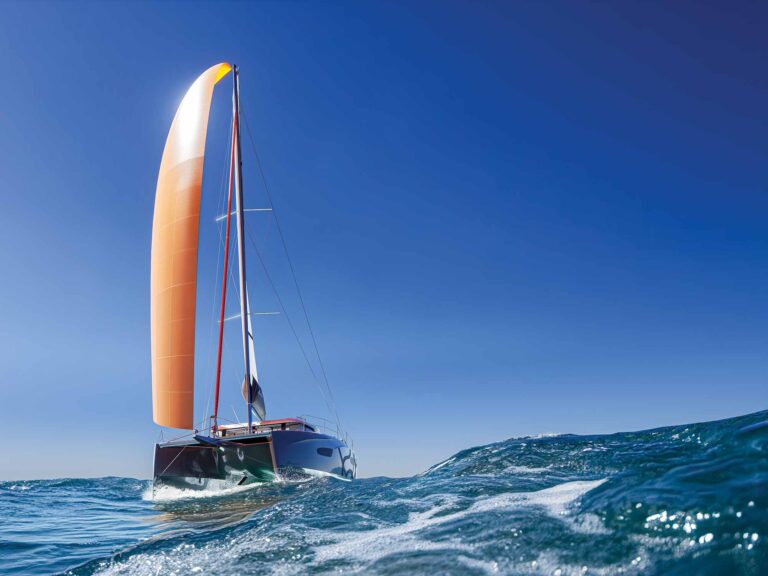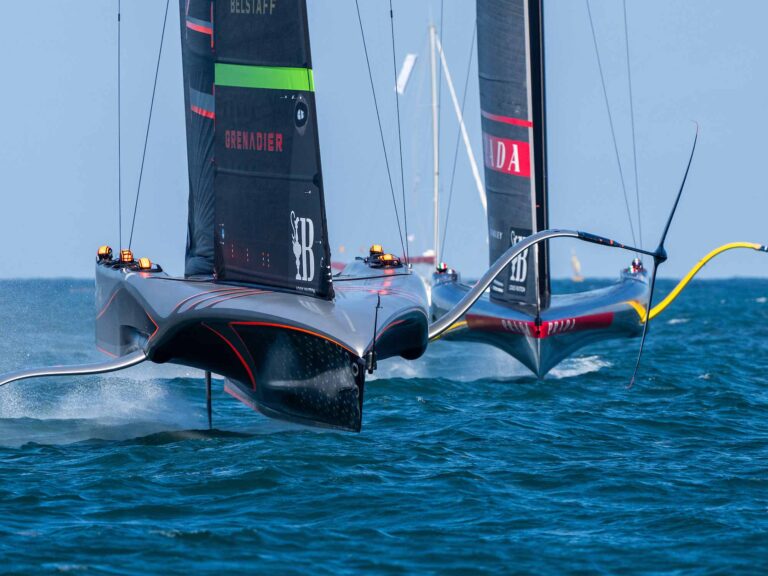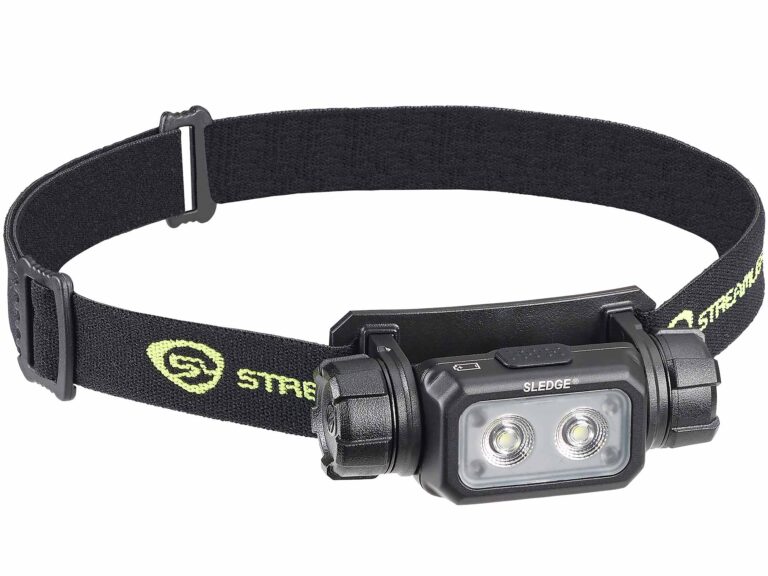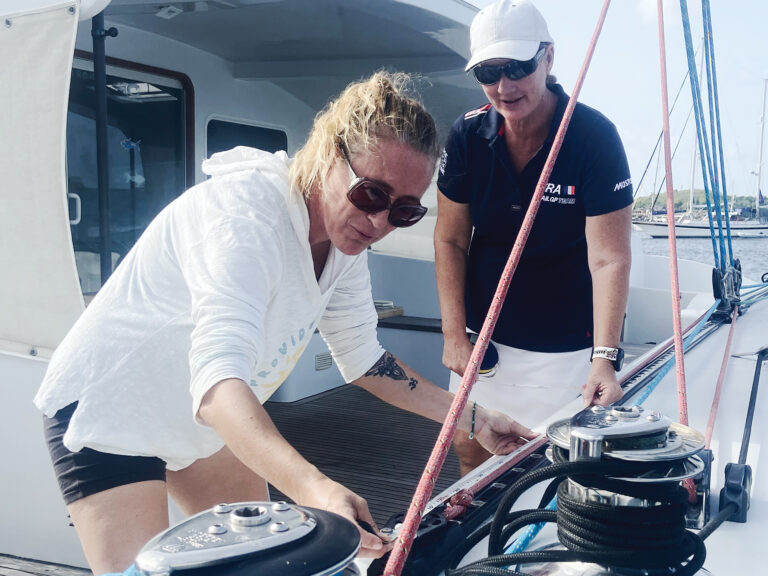
July cover
Regarding John Gross’ question about how a shaft can be aligned with so many things being so wobbly: A shaft can’t be aligned if it’s wobbling around. You must first take the wobble out of it, then align the coupling flange on the transmission to the flange on the forward end of the shaft. Here’s one series of tricks that actually works if your boat is out of the water.
1. Loosen the hose clamps and remove the rubber boot from the front end of the shaft log.
2. Slide it and the packing gland ahead on the shaft.
3. Disconnect the two coupling halves connecting the shaft to the transmission by removing the four bolts holding them together. Slide the shaft back a bit, perhaps 1/2 inch.
4. Slip four pieces of carefully milled hardwood or square steel rod back a couple inches into the shaft log around the shaft, one each on the top and the bottom and one each on the sides. This centers the shaft in the shaft log and gets rid of the wiggle, assuming your cutless bearing was recently replaced. For instance, if the inner diameter of the shaft log is 1.5 inches and you have a 1.0 inch shaft, the square rods (whatever they’re made of) will have to measure 1/4 inch by 1/4 inch by whatever length is convenient. Now the shaft is stabilized.
5. Carefully wrap duct tape around the exposed rods so they stay in position on the shaft and keep it centered.
6. Slide the shaft forward (the rods will have to slip back and forth on the shaft or in and out of the shaft log a bit) until the shaft flange butts up against the transmission flange loosely.
7. Note the variations in the gap between the two halves. Slide the shaft back again 1/2 inch.
8. Using the adjustment nuts on your engine mounts, move the engine so it’ll take up the slack. Like this: If the coupling halves clicked together at the bottom but had a small gap at the top, the front of your engine probably has to go up some. This can also involve some port-starboard adjustment if there’s a sideways gap. Do whatever it takes. Any reputable engine mount offers the ability to make vertical and lateral adjustments.
9. Slide the shaft forward again so the two flanges click together loosely.
10. See how you did in adjusting the engine’s position so that the two flanges fit together snugly all the way around.
11. Check the gap using a feeler gauge. If the gap is more than 0.004 inch on any side, adjust the gap again.
12. Keep repeating Steps 6 through 10 until you get it right. The less gap the better. Ideally, the coupling halves should slide together easily and butt up to each other with no gap. This process of repetitive adjustments may take a few hours. If you get burned out, go home and come back. Having your most mechanically astute friend helping you will relieve the stress a lot.
13. When everything looks good, tighten down your engine-mount nuts, do a final check, then bolt the two flanges back together. Tighten all nuts a little, then go around again and do the final tightening. Check the set bolt that holds the coupler onto the shaft for tightness. Make sure it has a keeper wire around the coupling and through the hole in the square bolt head.
14. Finally, remove the rods centering the shaft in the shaft long, slide the boot and packing gland back so the boot is back to where it was, and cinch down both hose clamps. If you put the transmission in neutral and slowly rotate the prop shaft by turning the coupler around, you should see essentially little or no wiggle in the packing gland and the flexible boot behind it. If you start your engine and let it run at idle, everything will be jiggling and wiggling some as it’s supposed to. That’s why engines have a flexible boot between the packing gland and the shaft log and four flexible mounts. As the engine approaches operating speed, around 2500 to 3000 rpm, under load on the water, the jiggle should go away, and there should be no gross movements, only an engine and shaft humming away in a steady state. The transmission and cutlass bearing should now be able to enjoy extended lifetimes.
If you plan to go cruising very far from home, this is a skill you should have. Doing an alignment requires great care and patience.
Perry Munson
Baltika, Nor’Sea 27
Grosse Pointe, MI

